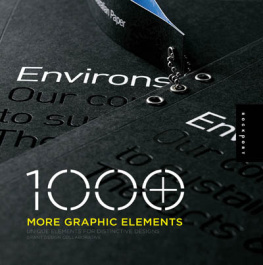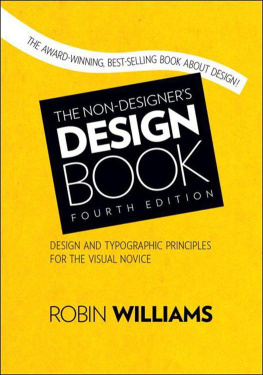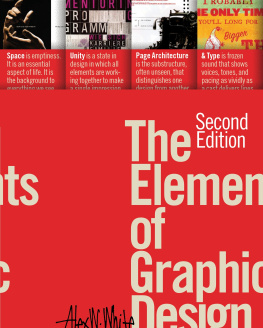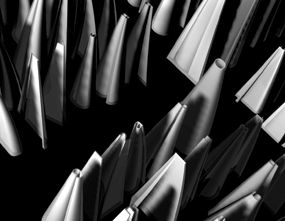Timothy Samara - Design Elements: A Graphic Style Manual
Here you can read online Timothy Samara - Design Elements: A Graphic Style Manual full text of the book (entire story) in english for free. Download pdf and epub, get meaning, cover and reviews about this ebook. year: 2007, publisher: Rockport Publishers, genre: Religion. Description of the work, (preface) as well as reviews are available. Best literature library LitArk.com created for fans of good reading and offers a wide selection of genres:
Romance novel
Science fiction
Adventure
Detective
Science
History
Home and family
Prose
Art
Politics
Computer
Non-fiction
Religion
Business
Children
Humor
Choose a favorite category and find really read worthwhile books. Enjoy immersion in the world of imagination, feel the emotions of the characters or learn something new for yourself, make an fascinating discovery.

- Book:Design Elements: A Graphic Style Manual
- Author:
- Publisher:Rockport Publishers
- Genre:
- Year:2007
- Rating:3 / 5
- Favourites:Add to favourites
- Your mark:
Design Elements: A Graphic Style Manual: summary, description and annotation
We offer to read an annotation, description, summary or preface (depends on what the author of the book "Design Elements: A Graphic Style Manual" wrote himself). If you haven't found the necessary information about the book — write in the comments, we will try to find it.
This book is simply the most compact and lucid handbook available outlining the basic principles of layout, typography, color usage, and space.
Being a creative designer is often about coming up with unique design solutions. Unfortunately, when the basic rules of design are ignored in an effort to be distinctive, design becomes useless. In language, a departure from the rules is only appreciated as great literature if recognition of the rules underlies the text. Graphic design is a visual language, and brilliance is recognized in designers whose work seems to break all the rules, yet communicates its messages clearly.
This book is a fun and accessible handbook that presents the fundamentals of design in lists, tips, brief text, and examples. Chapters include Graphic Design: What It Is; What Are They and What Do They Do?; 20 Basic Rules of Good Design; Form and Space-The Basics; Color Fundamentals; Choosing and Using Type; The World of Imagery; Putting it All Together?Essential Layout Concepts; The Right Design Choices: 20 Reminders for Working Designers; and Breaking the Rules: When and Why to Challenge all the Rules of this Book.
Timothy Samara: author's other books
Who wrote Design Elements: A Graphic Style Manual? Find out the surname, the name of the author of the book and a list of all author's works by series.






 Graphic design, as an industry, is a cousin to advertising, both of which were born from the tumultuous period of the Industrial Revolution of the late 1700s and early 1800s, when the working classfinding itself with time on its hands and money to spend in the pursuit of comfortbegan to look for stuff to buy and things to do. Graphic design and advertising share one particular goalto inform the public about goods, services, events, or ideas that someone believes will be important to them; but graphic design parts company with advertising when it comes to ultimate purpose. Once advertising informs its audience about some product or event, it cajoles the audience into spending money. Graphic design, however, simply seeks to clarify the message and craft it into an emotional experience. Granted, graphic design often is used by advertising as a tool to help sell goods and services; but the designing of messages is, at its core, its own endeavor altogether.
Graphic design, as an industry, is a cousin to advertising, both of which were born from the tumultuous period of the Industrial Revolution of the late 1700s and early 1800s, when the working classfinding itself with time on its hands and money to spend in the pursuit of comfortbegan to look for stuff to buy and things to do. Graphic design and advertising share one particular goalto inform the public about goods, services, events, or ideas that someone believes will be important to them; but graphic design parts company with advertising when it comes to ultimate purpose. Once advertising informs its audience about some product or event, it cajoles the audience into spending money. Graphic design, however, simply seeks to clarify the message and craft it into an emotional experience. Granted, graphic design often is used by advertising as a tool to help sell goods and services; but the designing of messages is, at its core, its own endeavor altogether. 




